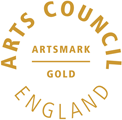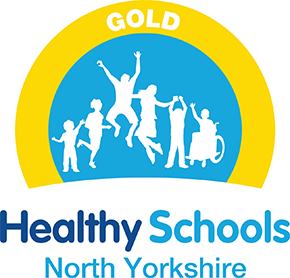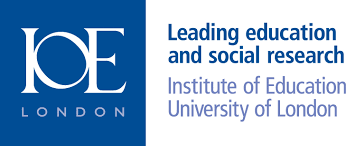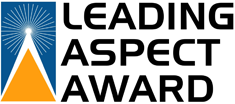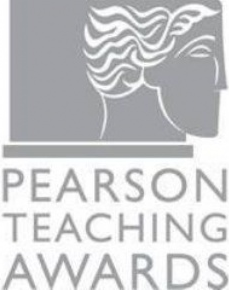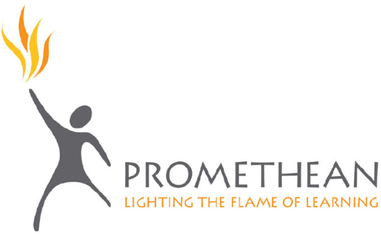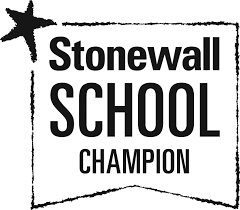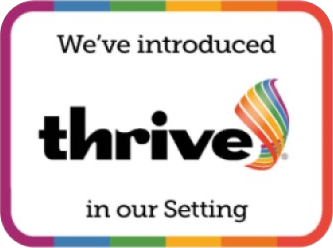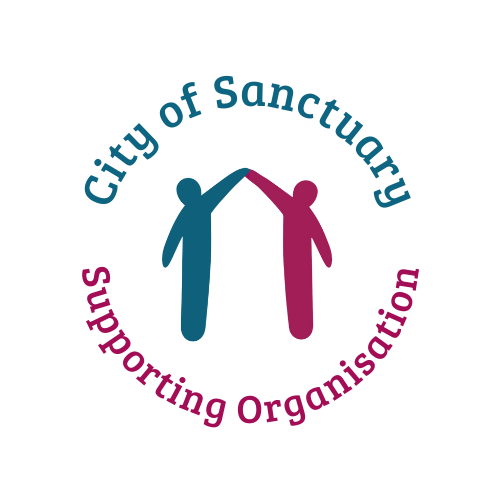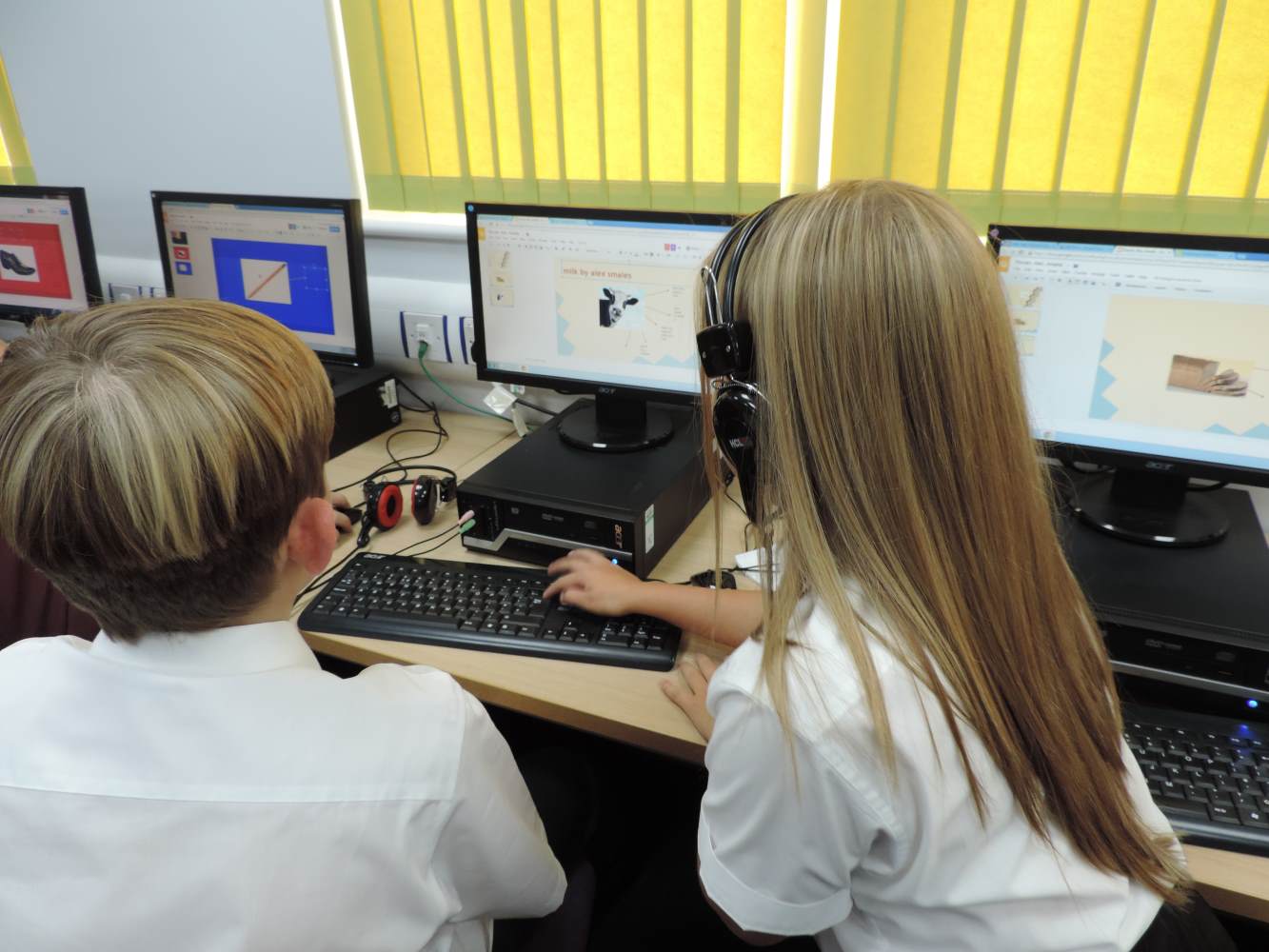 Computer Science:
Computer Science:
Subject Information Overview
Below is a visual overview of the content available on this page. Click the appropriate title to view the relevant section
Curriculum
Area Staff Curriculum
InformationCurriculum
OverviewExam information for GCSE
qualifications in this Subject AreaKnowledge
Organisers
Curriculum Area Staff
|
Katie Steingold (Co-CAL Computing and Business)
|
Jon Smith |
Should you require more information about this subject area please contact:
|
Name: Mrs K Steingold |
Name: Mrs Jennie White |
Curriculum Information
The main ambition of the computer science curriculum is to prepare students for life in the modern, technical world, both as users and developers of computing systems. We aim to help our students to better understand the risks and benefits of the technology that we use every day and to help them to be confident but cautious users of IT equipment and software. Students will learn to make good use of technological innovations, whilst managing to circumvent the pitfalls that may also arise.
In key stage 3 we will introduce the components that make up modern computer systems and explore how computers process data and communicate. We will teach students how to program computers to solve complex problems and develop the skills necessary to do well in tomorrow’s digital workforce.
The curriculum will build a sound knowledge and understanding of the impact that computing technology can have on us and on the world, creating strong independent learners who understand the workings of modern computer systems and who become confident, users of the modern IT systems that are in use in industry today.
Our students will develop the skills to:
- Understand the core components of hardware and software that make up a modern general purpose computer system, learning about the kind of systems that are embedded into our daily lives and are used by most people in our modern society.
- Look at complicated problems and be able to abstract the important information, identifying what needs to be achieved. Students will learn how to break down complicated problems into manageable tasks and to use computational thinking to create algorithms that can be used to solve these quandaries.
- Understand how agents create, collect and use your data to create accurate digital profiles that, among other things can predict your actions and life outcomes. To recognise the value of this information and to understand the methods that can be implemented to protect this data from hackers. Also, to look at the legislation that these agents have to adhere to when collecting your data and information.
- Examine the effects that the digital divide and e-waste have on different cultures and to understand the consequences of these imbalances.
- Use technology safely.
Curriculum Overview
Below is a summary overview of the topics and their content that will be studied in each term by each year group. For more information about each topic, get your child to visit learning journeys and resources on the school online learning platform - Ready Steady Learn.
| Year Group | Term 1 | Term 2 | Term 3 |
| 7 |
1. Digital Literacy |
2. Computational Thinking
3. Superheros of Computing |
5. Beginning Python
6. Business and Enterprise
|
| Assessment details |
Students’ workbooks are checked during lesson and regularly according to the Assessment and Feedback policy. At the end of each unit, a summative assessment is completed. This assessment consists of an online multiple-choice test, consisting of between 30 and 40 questions. The students then get the opportunity to feedback information about how they found the units. They are given some reflection time to look at where they went wrong and how they could improve. |
||
| 8 |
1. PhotoShop |
3. Web Development |
5. Adobe Illustrator |
| Assessment details |
Students’ workbooks are checked during lesson and regularly according to the Assessment and Feedback policy. At the end of each unit, a summative assessment is completed. This assessment consists of an online multiple-choice test, consisting of between 30 and 40 questions. The students then get the opportunity to feedback information about how they found the units. They are given some reflection time to look at where they went wrong and how they could improve. |
||
| 9 |
1. Introduction to Creative iMedia
2. Continuing Business |
3. Advanced Python |
4. Cybersecurity
5. Blender |
| Assessment details |
Students’ workbooks are checked during lesson and regularly according to the Assessment and Feedback policy. At the end of each unit, a summative assessment is completed. This assessment consists of an online multiple-choice test, consisting of between 30 and 40 questions. The students then get the opportunity to feedback information about how they found the units. They are given some reflection time to look at where they went wrong and how they could improve. |
||
| 10 |
Theory
|
Theory
Coding
|
Theory
Coding
|
| Assessment details |
Workbooks are filled in during lessons that are shared with staff so we are able to monitor progress. Formative assessment is done during class to check understanding. At the end of each unit, a 30-minute written test is done, consisting of previous GCSE questions. At least one assessment is done every half term. |
||
| 11 |
Theory
Coding
|
Theory
Coding
|
Theory |
| Assessment details |
Workbooks are filled in during lessons that are shared with staff so we are able to monitor progress. Formative assessment is done during class to check understanding. At the end of each unit, a 30-minute written test is done, consisting of previous GCSE questions. At least one assessment is done every half term. |
||
KNOWLEDGE ORGANISERS
A Knowledge Rich Curriculum at Selby High School
Research around memory suggests that if knowledge is studied once and not revisited or revised, it is not stored in the long-term memory. This means that after one lesson, or revising for one test, the knowledge will not be retained unless it is studied again. It won’t be recalled unless it is revisited frequently, which will embed it in the long term memory. In the long term this makes recall far easier. As part of home learning, students should be revising what they have been taught recently but also content they were taught previously. Therefore as part of our strategy to embed learning over time we have started to develop knowledge organisers across all year groups and curriculum areas. These will provide key content and knowledge allowing students to pre-learn and re-learn, a vital part of processing all the information required to be successful in the new style GCSE’s.
Instructions for using your knowledge organisers
KS3 = Years 7, 8 & 9
KS4 = Years 10 & 11
Below are the knowledge organisers for each topic in this subject. These knowledge organisers will become embedded in the Learning Journeys for each topic as they are created on Ready Steady Learn.
|
Year 7
Year 8 |
Exam information for GSCE qualifications in this subject area
Click each link below to view the full specification:
OCR GCSE (9–1) in Computer Science (J277)
- Component 1: Computer systems
- Component 2: Computational thinking, algorithms and programming

